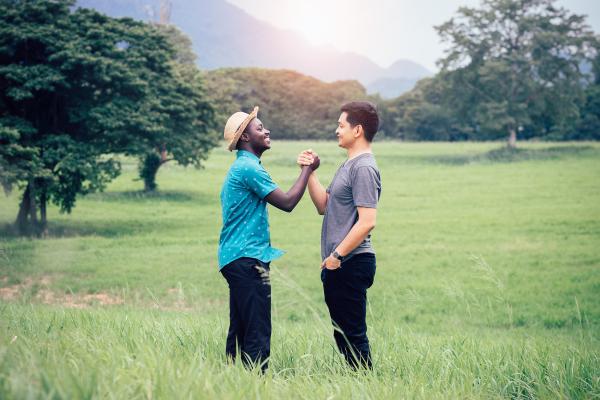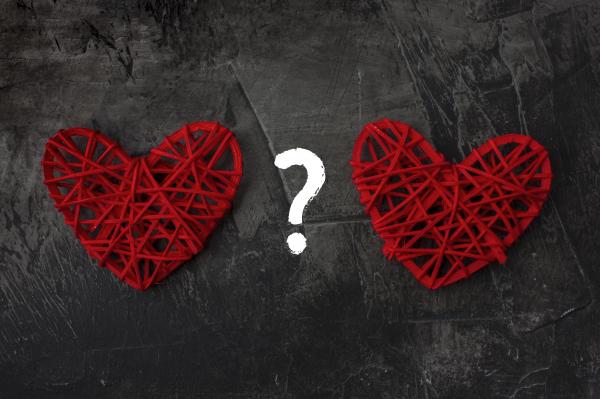What Polyamory Is—and What It Is NOT


Polyamory is the practice of maintaining consensual, openly conducted, multiple-partner relationships in which both men and women have negotiated access to additional partners outside of the traditional committed couple. Ironically, it is easier to begin with what polyamory is not, and then explain what it is.
Polyamory is not…
- For everyone. It can be a complex and intense relationship style that takes time and devotion to maintain. Many people might prefer the simplicity, security, and exclusivity of monogamy.
- Cheating because (ideally) everyone is aware of the other partners — the relationships have been negotiated with rules to structure scheduling and safer-sex agreements.
- Swinging, which tends to focus on sexual variety and put less emphasis on emotional intimacy among those outside the core couple. Some swingers, in fact, negotiate arrangements that prohibit emotional connection or even repeated interaction with the same “outside” lover.
- Polygamy (marriage of many) because polyamorists are not always married. Even more importantly, polygamy is almost always practiced as polygyny, or one man married to multiple women. Usually, in those relationships, the women are not allowed to have additional male partners and are prohibited from having sex with each other. Polyamory, in contrast, allows for women to have multiple partners as well as men.
Polyamory is…
Polyamory is a form of nonmonogamy in which women and/or men establish emotionally and/or sexually intimate relationships with multiple people at the same time. The partners all know about each other, and are often friends or chosen family members (though sometimes they don’t like each other, which can cause problems). While occasionally it translates as group sex, most often poly people interact sexually in pairs and save the group thing for socializing.
Polyamorous Relationships
People who have polyamorous relationships are called polyamorists, and they use the term poly as a noun (a person who is poly engages in polyamorous relationships), an adjective (to describe something that has polyamorous qualities), and an umbrella term that includes polyfidelity, or relationships based in sexual and emotional fidelity among a group larger than a dyad. The most common form of poly relationship is the open couple who might appear monogamous, except that they date other people individually or (more rarely) as a unit.
Triads and vees are relationships with three people, quads have four, and moresomes have five or more people in a relationship.
In most groups, some members have sex with each other and others do not, though those in platonic relationships can establish enduring emotional relationships I term polyaffective.
Polyamorous People
The majority of the polyamorous people in Australia, Canada, the US, and Western Europe — the primary geographic centers of polyamory — are white, middle or upper-middle class, highly educated people who work in information technology, education, or health care.
Some poly people are legally married, and others span a wide range of types and levels of commitment. Some live together, usually in groups of two to five, and others live alone or with roommates.
Many have children, some of them from previous monogamous relationships, and others are born into poly households. Women in poly communities tend to be either bisexual or heterosexual, and the majority of the men are heterosexual with a few bisexuals. Polys tend to be liberal, with either no religious affiliation or an uncommon religion like Paganism, Unitarian Universalism, or Buddhism.
The information in this and the blogs that will follow is based on my 15-year study of people in polyamorous relationships and poly families with children.








